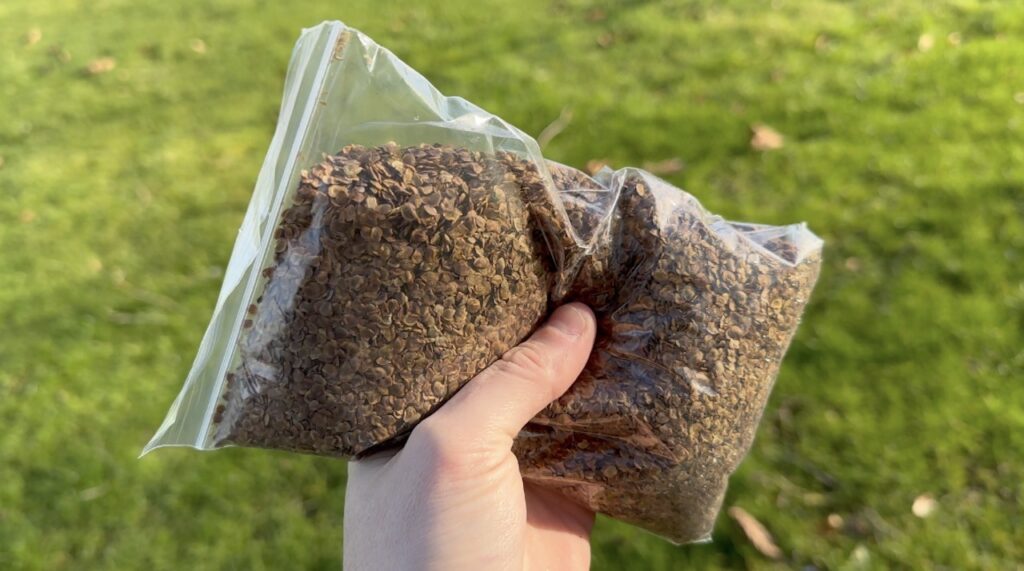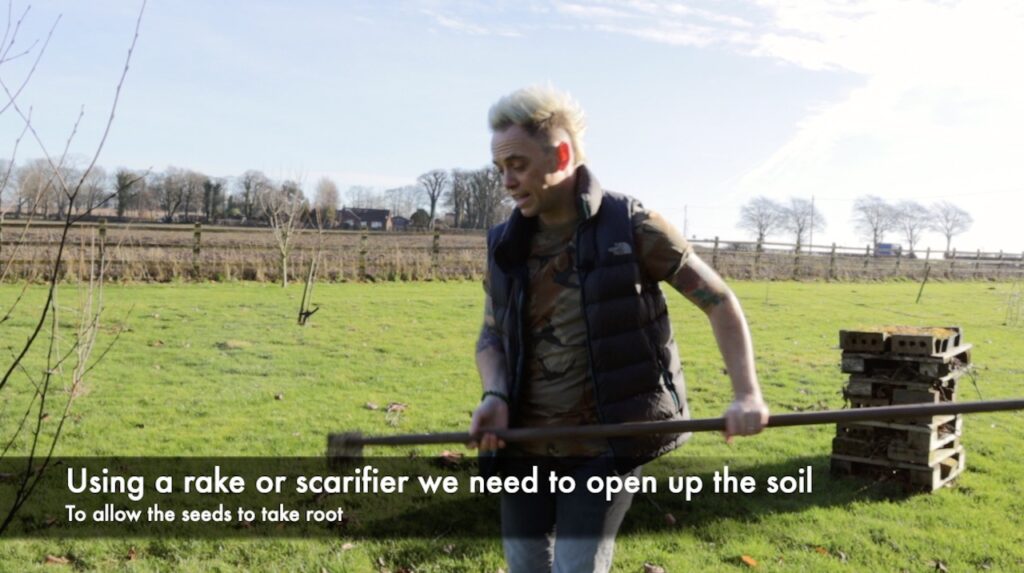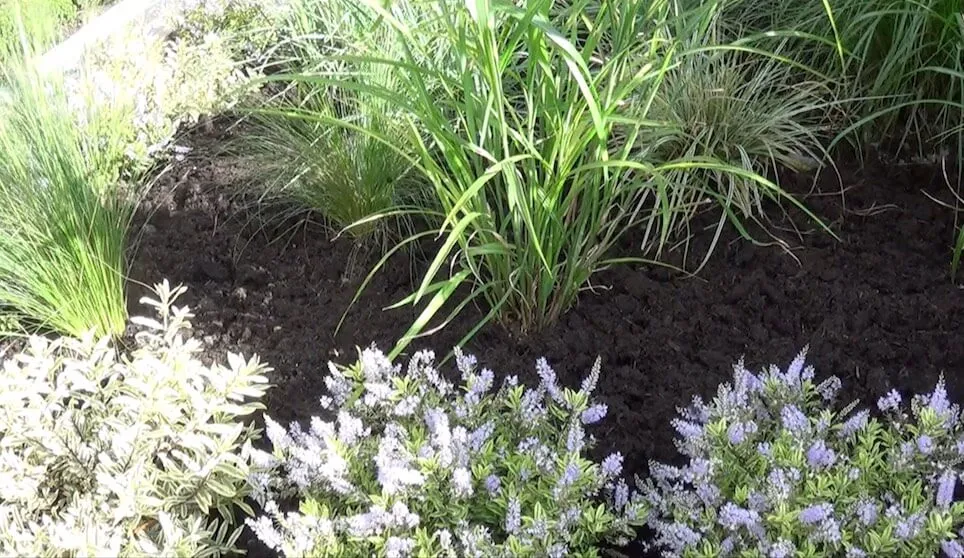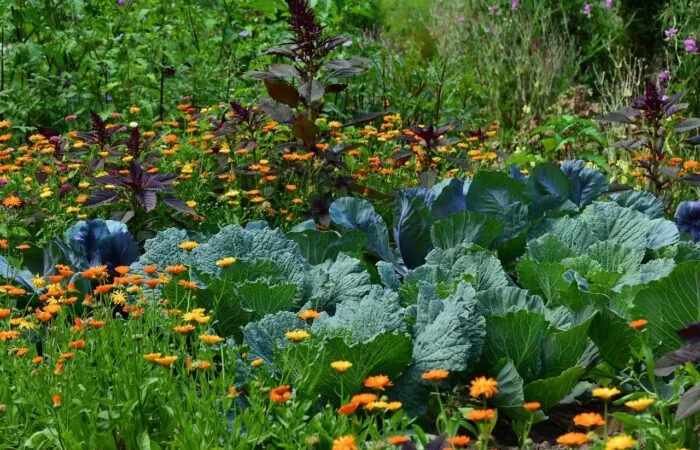How to grow yellow rattle: the meadow maker
 Lee Burkhill: Award Winning Designer & BBC 1's Garden Rescue Presenters Official Blog
Lee Burkhill: Award Winning Designer & BBC 1's Garden Rescue Presenters Official Blog

If you're considering starting a meadow, no-mow zone in your lawn or mini meadow in your garden, the yellow rattle is a vital plant ally you need to grow! This plant will help reduce the competition and vigour from native lawn grasses, enabling plants to flourish that otherwise would be overshadowed in the garden. So please don't waste time trying to grow a meadow full of grass and break your back cutting it each year; introduce Yellow Rattle instead, the meadow maker!
Yellow rattle is a cost-effective way of reducing meadow maintenance, and this guide will show you everything you need to know about growing this wonder plant.
Yellow rattle is a hemiparasitic annual flowering plant meaning it derives its nutrients from other plants, mainly grasses. Yellow rattle is also known by its true name Rhinanthus minor. This means that it feeds off nutrients around native grasses either by leaching off their roots or taking nutrients from the soil around the grass, thus weakening it.
Yellow rattle lives in dry meadows and grasslands. Tolerating a wide range of soil PH and conditions. This beautiful yellow pollen-packed plant is the mainstay of wildflower meadows. Yellow rattle also provides a great nectar source for honeybees and insects in any sized garden.

It gets its name from the bright yellow flowers it produces and the rattling sound the seed heads make once they have dried. You can hear why it gets its name when walking through a meadow full of yellow rattle in August as the seed heads produce a rattling sound in the wind.
Yellow rattle is an annual plant. This means it germinates, grows, flowers, sets seeds and dies in one year. Yellow rattle lives for 1 year. For it to come back each year, it needs to be allowed to set seed and then drop these seeds, usually in July or August.
Yellow rattle flowers from May to August, depending on the weather conditions.

Yellow rattle is a really fuss-free annual meadow plant that will grow in pretty much any soil type. Whether it's free draining or heavy clay, it also tolerates a PH of 5 -8. If the soil PH is less than 5, Yellow rattle will not germinate, and it's best to consider other plants to outcompete grasses in a meadow.
Did you know that you can take my course and learn how to become a Garden Ninja yourself? Click here for details
Two main methods exist for introducing yellow rattle into a meadow or garden. You can plant them as ready-grown plug plants or sow them as seeds. Plug plants are more expensive but guarantee flowering in the year they are planted, whereas sowing seed is far cheaper but usually takes a year to establish in a wildflower meadow.
If planting plug plant yellow rattle, then plant them out in April and water well. This ensures they root and flower in year one. Once they have flowered in May-August, ensure the seed pods can disperse the seeds. You may even need to shake them to release the seeds in year one or avoid mowing the meadow until October so the seeds can disperse in the wind.

If you're sowing seeds in a meadow, then follow my guidance below to ensure your meadows and lawns become fields of beautiful yellow rattle flowers!
I cut my meadow down to a three setting on my mower. Most mowers have settings from 1 (super short) to 5 (long cut). Ensuring the grass is low, so it doesn't shade the yellow rattle seed too much. It also makes scarifying the soil much easier than longer meadow grass, ensuring a higher chance of germination success.

The above meadow needs cutting down before the yellow rattle can be sown in year 1. Before sowing the seeds, it must be cut low, like the path that runs through it.
Yellow rattle needs stratification to germinate. Stratification is a cold spell to trigger the seedlings germination when warmer weather comes. The easiest way to ensure this is to refrigerate your seedlings at around 4 degrees for two weeks before sowing.

If you're sowing yellow rattle in November, you can usually skip the above step, as the colder winter weather will help stratify the yellow rattle seeds. I tend to stratify them in the fridge regardless, as this ensures that the seeds get the necessary cold and then warmth needed to germinate. These seeds can be fussy!
Using a hand rake or an electric scarifier, you need to disturb the soil ready for seed sowing. A hand rake is my preferred method as it allows you to carefully sow your seeds without causing too much damage to the grass rhizome. A motorised scarifier is faster but will also encourage excess grass growth, which is what you're trying to stop!

I use a hand rake and then scratch the surface of the grass disturbing the soil. I then move 90 degrees and use the rake the opposite way to ensure the maximum space is made available for the seeds to be sown into.

This helps open up the ground, remove dead grass and scrape the meadow's surface so the yellow rattle seeds can make good contact with the ground. You can sow directly on top of the grass, but the chances of it contacting the soil and germinating is far lower. When trying to establish yellow rattle, it's best to give it the best shot. So I always use the rake to prepare the soil for seed sowing.

It's best to sow yellow rattle thinly, as you don't need a huge amount of seed for it to establish. I sow a teaspoon of seed per meter squared into the prepared ground, using the back of the rake to compress the seeds into the soil.
You don't need to water the seed if sowing in November of winter, as the weather will usually do this for you. I prefer to sow it onto damp or moist ground, never when it is dry, parched, or sun-baked.

An alternative way to sow yellow rattle seeds is to mix them into an annual meadow seed mix. You can buy specific annual wildflower seed mixes that can be sown onto open ground. If you are starting a meadow from scratch on recently cultivated open ground, you would use this method. Add again a teaspoon per m2 of wildflower seed mix.
Repeat this sowing method across your meadow, ensuring an even mix of yellow rattle seeds. This will result in even coverage of these gorgeous flowers, which will help reduce grass competition against your wildflowers.
Yellow rattle needs to set seed before you mow or cut back your meadow. You can tell when it's set seed as the flower heads turn brown and rattle. If you're unsure if the seeds have been released, it's worthwhile walking through your meadow in September and knocking the flowers with the handle of a brush or rake to release them.
Don't cut back the yellow rattle before September at the earliest. Ideally, wait until the October meadow cut.
Usually, the wind or any animals in the garden, including cats and dogs, will brush up against them and knock them. Birds play their part in helping release the seeds of yellow rattle as well as they forage and peck at their seed heads. It's a wonderful plant with many wildlife benefits in the garden.
Germination rates of yellow rattle can be erratic, to say the least. They usually need a long, cold winter to stratify and then germinate. This is why I always refrigerate my seeds before sowing them in a meadow. In some cases, sowing seeds can take up to 2 years before they germinate. Alternatively, you may find a small amount germinating in year one and the rest the year after.
Ideally, sow your seeds in autumn before for the best germination rates, and be patient. It's worth the wait when yellow rattle helps fight against native grasses, revealing all sorts of hidden wildflowers.

The best way to manage a meadow is to follow proper meadow maintenance measures. The list below is going to help you create fantastic meadows and stop grass from out-competing the gorgeous flowers that our insects, bees and birds need to survive.
If you need more help creating and maintaining meadows, then check out my meadow guides below on my YouTube channel.
By sowing yellow rattle, you're helping to rewild areas of our gardens that otherwise would be given over to grass as a monoculture. Monocultures only benefit a handful of insects, invertebrates and mammals. In comparison, diverse wild gardens have a much bigger appeal and offer better habitats, food sources and diversity for nature.
Even if you only have a small garden a tiny no-mow meadow strip can help mother nature and bring beauty to your gardens. Meadows only need mowing three times a year so are a great alternative to a lawn in terms of low maintenance. So why not give a mini meadow a go?








JOIN THE NINJAS

Be the first in line for new Guides, Discount codes and Offers